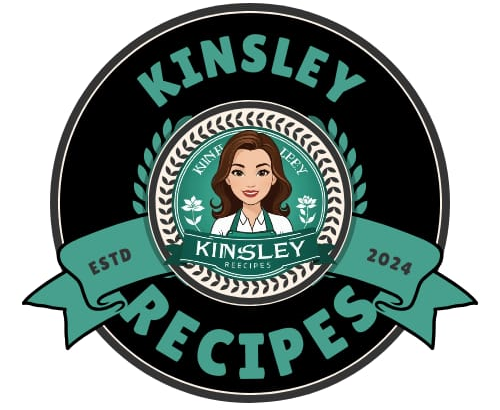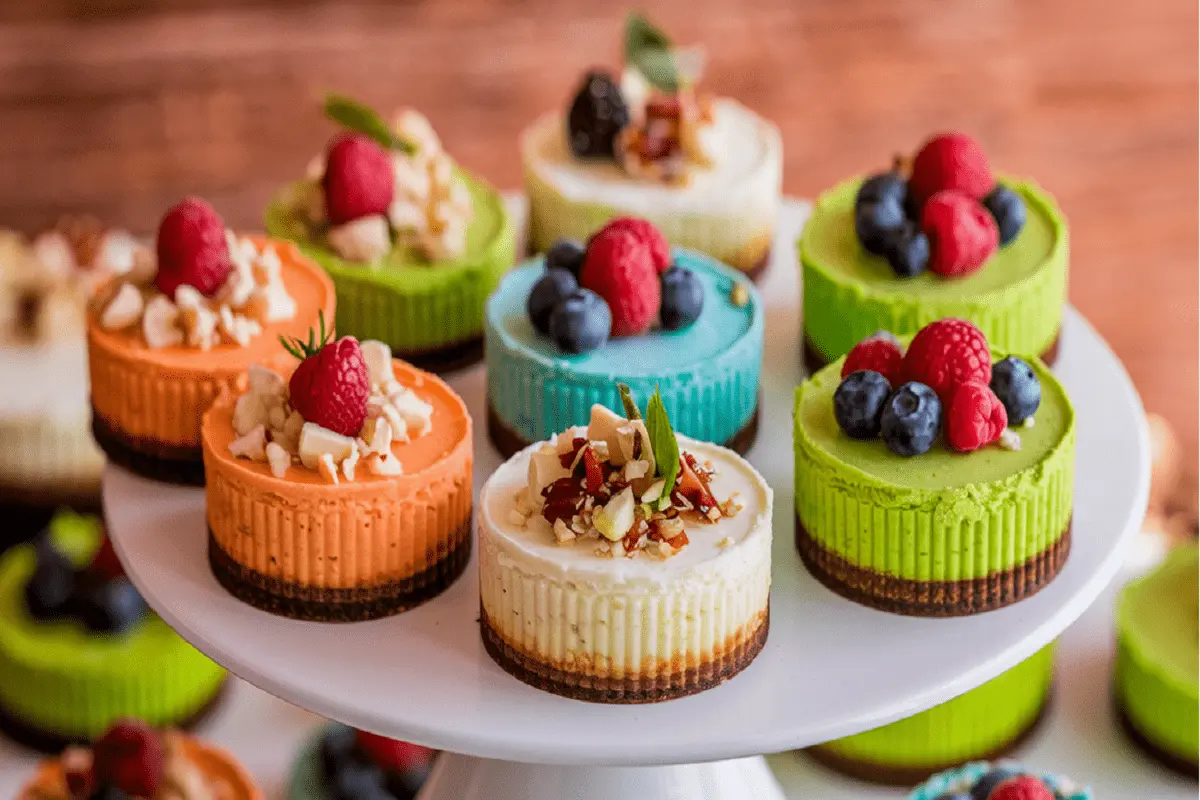Mini cheesecake recipe have become a beloved dessert choice for many reasons. These delightful, individually-sized treats offer all the rich, creamy goodness of a full-sized cheesecake but in a more manageable portion. They are ideal for parties, gatherings, or even a sweet indulgence at home. This guide will take you through the process of making perfect mini cheesecakes, from selecting the right ingredients to troubleshooting common issues, and will include creative variations to suit different tastes and dietary preferences.
Why Mini Cheesecake Recipe Are a Must-Try
Mini cheesecake recipe are not just adorable; they are incredibly practical. Unlike a traditional cheesecake, which requires slicing and serving, mini cheesecakes are perfectly portioned for individual enjoyment. Mini cheesecakes also allow you to experiment with different flavors and toppings within a single batch. Whether you are hosting a large gathering or preparing a simple family dessert, mini cheesecakes are an excellent choice.
The History and Evolution of Cheesecakes
Cheesecakes have a rich history that dates back to ancient Greece. The earliest cheesecakes were simple mixtures of cheese, honey, and wheat, baked to create a nourishing and sweet treat. As cheesecakes evolved over the centuries, different cultures added their unique twists. The mini cheesecake is a modern adaptation that retains the essence of traditional cheesecake while offering convenience and variety. This evolution reflects the desire for both indulgence and practicality in modern desserts.
Understanding the Basics of Mini Cheesecake Recipes
Before diving into the recipe, it’s essential to understand the basic components that make up a mini cheesecake. These components include the crust, the creamy filling, and the optional toppings.Every ingredient is vital to the final flavor and texture of the cheesecake.
1. The Crust
The crust is the foundation of the cheesecake. While a classic graham cracker crust is the most popular choice, there are numerous variations you can try, such as using crushed cookies or nuts. The crust provides a delightful contrast to the smooth filling and adds a satisfying crunch to each bite.
2. The Filling
The filling is the heart of the cheesecake. Made primarily from cream cheese, sugar, and eggs, it is rich, smooth, and creamy. The key to a perfect filling lies in the balance of flavors and the texture. Over-mixing can introduce air into the batter, leading to cracks, while under-mixing can result in a lumpy texture.
3. The Toppings
Toppings add the final touch to the mini cheesecakes recipe. From fresh fruits and whipped cream to chocolate drizzles and caramel sauce, the possibilities are endless. Toppings not only enhance the visual appeal but also introduce new flavors and textures to the dessert.
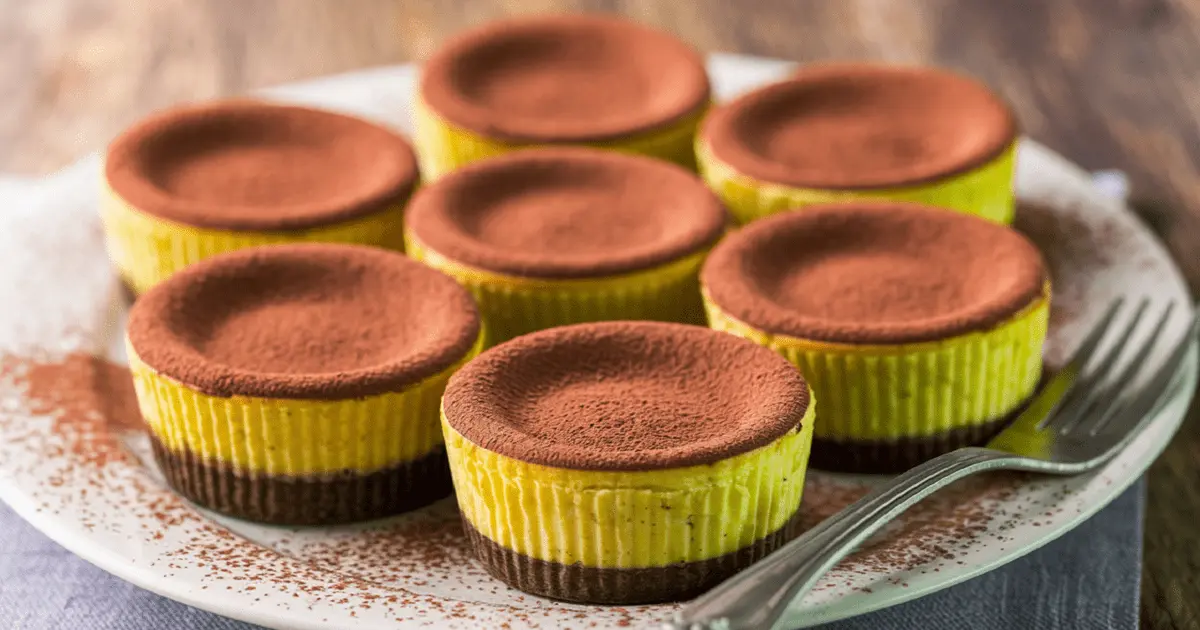
Step-by-Step Guide to Making Mini Cheesecake Recipes
Choosing the Right Ingredients
To make the best mini cheesecakes recipe, start with high-quality ingredients. Here is a detailed examination of what you will require.:
- Cream Cheese: The star of the show, cream cheese provides the rich and creamy base for the cheesecake. For optimal texture and flavor, opt for full-fat cream cheese.
- Sugar: Granulated sugar is ideal for sweetening the filling. Adjust the quantity to match your preference.
- Eggs: Eggs help to bind the filling and give it structure. Ensure they are at room temperature to blend more easily with the other ingredients.
- Vanilla Extract: This adds depth of flavor to the cheesecake. You can also try experimenting with different extracts, such as almond or lemon.
- Crust Base: While graham crackers are traditional, consider using digestive biscuits, Oreos, or even ground almonds for a different flavor profile.
Preparing the Equipment
Before you begin, gather your equipment:
- Muffin Tin: A standard muffin tin is perfect for making mini cheesecakes. Silicone molds can be used for their ease of removal.
- Hand Mixer or Stand Mixer: A good mixer is essential for achieving a smooth, lump-free filling.
- Mixing Bowls: You will require several bowls to mix the various components of the cheesecake.
- Parchment Paper Liners: These make it easier to remove the mini cheesecakes from the tin without sticking.
Making the Perfect Crust
- Crushing the Base: Start by crushing the graham crackers (or your choice of base) into fine crumbs. You can use a food processor or a rolling pin for this.
- Mixing the Ingredients: Combine the crumbs with melted butter and a tablespoon of sugar. This mixture should be moist enough to hold together when pressed.
- Forming the Crust: Press the mixture firmly into the bottom of each muffin cup. Use a spoon or the bottom of a small glass to compact it evenly.
- Baking the Crust: Preheat the oven to 325°F (163°C) and bake the crusts for approximately 5 minutes. This step helps to set the crust and prevents it from becoming soggy.
Crafting the Creamy Filling
- Softening the Cream Cheese: Start with room temperature cream cheese. Beat it until smooth to avoid lumps.
- Adding Sugar and Flavorings: Gradually add sugar while beating, followed by the vanilla extract.
- Incorporating the Eggs: Add the eggs one at a time, beating just until incorporated. Overbeating can cause the cheesecakes to crack during baking.
- Mixing for Consistency: Ensure that the filling is smooth and creamy. Ensure to scrape the sides of the bowl to evenly incorporate all the ingredients.
Baking the Mini Cheesecakes Recipe
- Filling the Cups: Spoon the cheesecake filling over the cooled crusts, filling each cup about 3/4 full. Avoid overfilling, as the filling will expand slightly during baking.
- Baking Process: Bake the cheesecakes for 15-18 minutes. The edges should be set, but the centers will still have a slight jiggle.
- Cooling Gradually: Turn off the oven and let the cheesecakes cool inside with the door slightly open. This gradual cooling helps prevent cracks.
Chilling and Serving the Cheesecakes
- Refrigeration: Once the cheesecakes are completely cool, refrigerate them for at least 2 hours before serving. This period of chilling enables the flavors to blend and the texture to become firmer.
- Removing from Tin: Use a knife to gently loosen the edges before lifting the cheesecakes out of the tin.
- Adding Toppings: Just before serving, top each mini cheesecake with your choice of fresh fruit, whipped cream, or a drizzle of chocolate.
Creative Variations and Advanced Tips
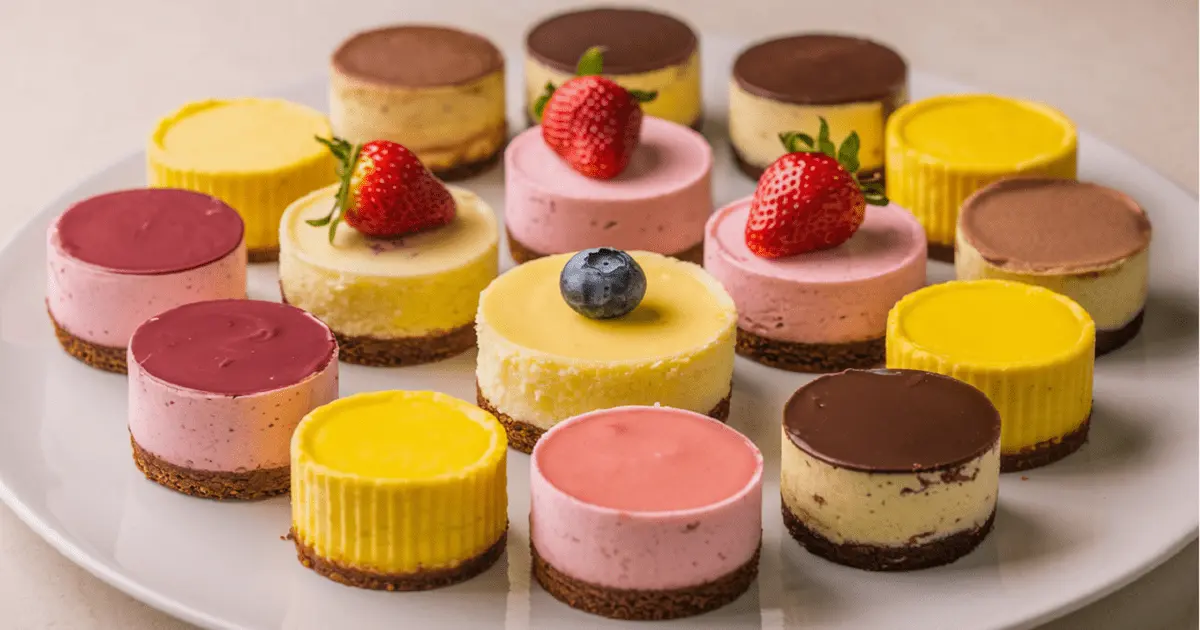
Exploring Flavors and Ingredients
- Chocolate Mini Cheesecake: Add melted chocolate to the filling for a rich, decadent twist.
- Fruit Swirls: Incorporate fruit puree into the filling for a burst of flavor and a visually appealing swirl.
- Nutty Crusts: Swap out the graham cracker crust for a nut-based crust using crushed almonds, pecans, or walnuts.
Dietary Adaptations
- Gluten-Free Mini Cheesecake: Use gluten-free cookies or nuts for the crust.
- Low-Sugar Alternatives: Replace sugar with a low-calorie sweetener like stevia or erythritol.
- Vegan Mini Cheesecakes: Substitute cream cheese with a vegan alternative and use flax eggs as a binder.
Storing and Freezing Mini Cheesecake Recipe
- Refrigeration: Keep mini cheesecakes in a sealed container in the refrigerator for up to five days. They are most delightful when served chilled.
- Freezing: For longer storage, freeze the mini cheesecakes on a baking sheet until solid, then transfer them to a freezer bag. Thaw in the refrigerator before serving.
Troubleshooting Common Issues
- Why Did My Mini Cheesecakes Crack?
- Cracking can occur due to overbaking, overmixing, or rapid cooling. To avoid this, bake the cheesecakes at a consistent temperature and allow them to cool gradually.
- Why Are My Mini Cheesecakes Falling In?
- Sinking centers usually result from underbaking. Ensure the centers are slightly set before removing them from the oven.
- Are My Mini Cheesecakes Done?
- The cheesecakes are done when the edges are set, and the centers have a slight jiggle. They will become firmer as they cool down.
FAQs About Mini Cheesecake Recipe
What Are the Two Types of Cheesecake?
There are two primary varieties of cheesecake: baked and no-bake. Baked cheesecakes possess a dense and firm consistency, whereas no-bake cheesecakes offer a lighter and more velvety texture.
Are My Mini Cheesecakes Done?
To check for doneness, gently shake the muffin tin. If the centers of the cheesecakes jiggle slightly, they are done. The residual heat will finish cooking them as they cool.
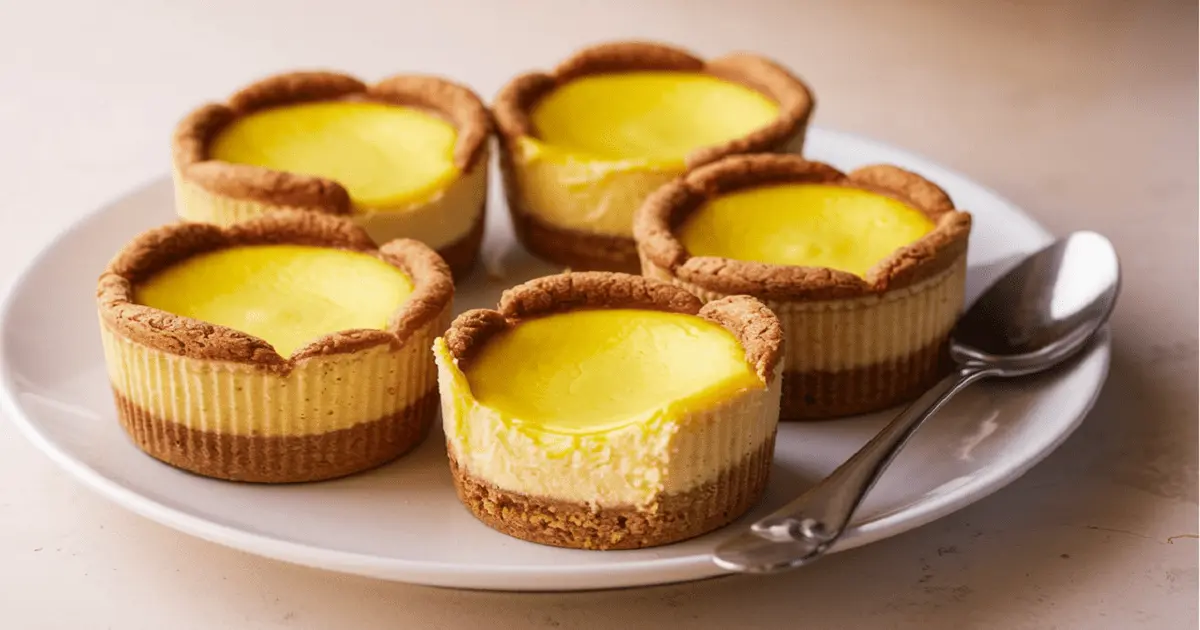
Why Are My Mini Cheesecakes Falling In?
If your cheesecakes sink after baking, it could be due to underbaking or sudden temperature changes. Make sure they are fully set before cooling and avoid opening the oven door during baking.
Why Did My Mini Cheesecakes Crack?
Cracks can occur if the filling is overmixed, causing too much air to be incorporated, or if the cheesecakes cool too quickly. To prevent cracking, bake at a steady temperature and allow to cool slowly.
Conclusion
Mini cheesecake recipe are a versatile and delightful dessert that can be tailored to suit any occasion. With the right ingredients and techniques, you can create perfectly creamy, smooth mini cheesecakes that are sure to impress. Experiment with different flavors, toppings, and crusts to make these desserts truly your own. Whether you’re making them for a party, a special dinner, or simply to enjoy at home, mini cheesecakes are a sweet treat that everyone will love.
For more inspiration and tips, check out the Kinsley Recipes Desserts Collection for additional ideas and variations.
